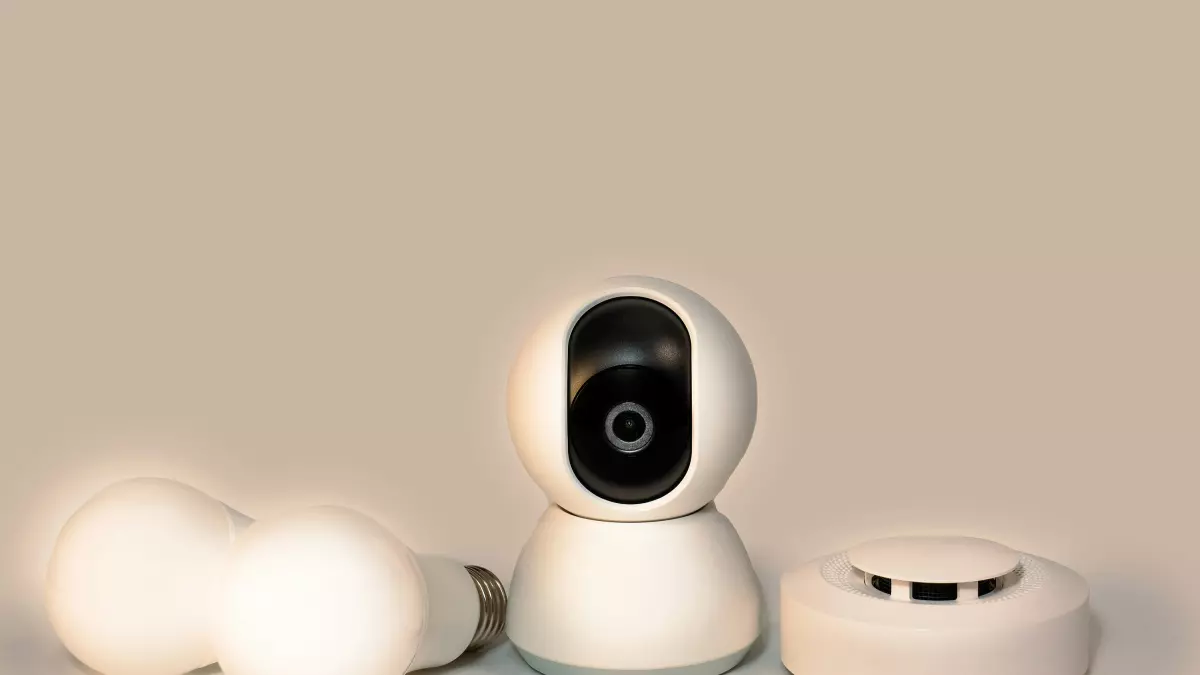Multi-Protocol Magic
If you want your smart home to be future-proof, you need to understand why multi-protocol devices are the key to a seamless, connected experience.

By Alex Rivera
Imagine this: You walk into your home, and every device—your lights, thermostat, security cameras, and even your coffee machine—communicates perfectly with each other. No more fumbling with apps or worrying about whether your new smart doorbell will play nice with your existing setup. This is the dream of a fully integrated smart home, and it's closer than you think. The secret? Multi-protocol devices.
Right now, most smart home devices rely on a single protocol—whether it's Wi-Fi, Zigbee, Z-Wave, or Bluetooth. While each of these has its strengths, they also come with limitations. Wi-Fi can be power-hungry, Zigbee and Z-Wave require hubs, and Bluetooth has range issues. But what if your devices could speak multiple languages? That's exactly what multi-protocol devices are designed to do, and they're changing the game for smart home connectivity.
Multi-protocol devices are like the Swiss Army knives of the smart home world. They can communicate across multiple standards, which means they can work with a wider range of devices and ecosystems. For example, a smart plug that supports both Zigbee and Wi-Fi can connect to your Zigbee-based security system while still being controlled through your Wi-Fi-enabled voice assistant. This flexibility is a game-changer for anyone looking to build a truly connected home.
Why Multi-Protocol Matters
So, why should you care about multi-protocol devices? For starters, they offer a level of future-proofing that single-protocol devices simply can't. As new standards emerge—like the Matter protocol, which promises to unify smart home ecosystems—multi-protocol devices will be able to adapt without requiring you to replace your entire setup. This is especially important as the smart home market continues to evolve, with new devices and standards being introduced all the time.
Another major benefit is improved device interoperability. One of the biggest pain points for smart home users is getting devices from different manufacturers to work together. Multi-protocol devices help bridge this gap by supporting multiple communication standards, making it easier for your smart lights, locks, and cameras to all play nice with each other.
And let's not forget about the convenience factor. With multi-protocol devices, you won't have to worry about whether your new smart gadget will work with your existing setup. Whether you're using Zigbee, Z-Wave, Wi-Fi, or even Thread, a multi-protocol device can handle it all, simplifying the setup process and reducing the need for additional hubs or bridges.
What Happens Next?
The rise of multi-protocol devices is just the beginning. As more manufacturers embrace this technology, we can expect to see even greater levels of interoperability and ease of use in the smart home space. In the near future, you might not even need to think about which protocol your devices use—everything will just work, seamlessly and effortlessly.
But it's not just about making life easier for consumers. Multi-protocol devices also have the potential to drive innovation in the smart home market. By supporting multiple standards, manufacturers can create devices that are more versatile and capable, opening the door to new use cases and applications. For example, imagine a smart thermostat that can switch between Wi-Fi and Zigbee depending on network conditions, ensuring a more reliable connection.
In the end, multi-protocol devices are paving the way for a smarter, more connected future. Whether you're a tech enthusiast looking to build the ultimate smart home or just someone who wants their devices to work without a hitch, multi-protocol devices are the key to unlocking that potential. So, the next time you're shopping for smart home gadgets, keep an eye out for devices that support multiple standards—you'll be glad you did.





